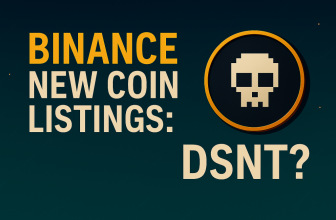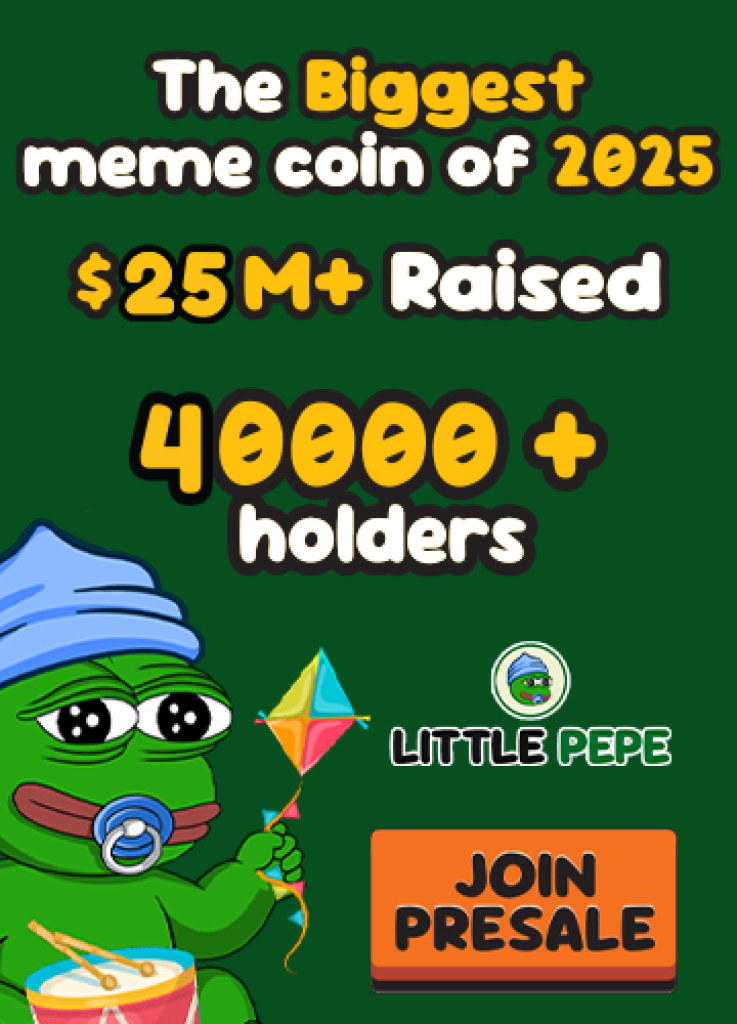
Kaspa (KAS) gave the market a surprise bounce today, climbing from a local low near $0.068 to just above $0.080 before easing slightly. The move brought a short-term jolt of energy after a slow, painful decline that lasted several days. But even with this pump, traders aren’t rushing to call it a reversal. There are still signs that the market is in a wait-and-see phase.
Looking at the 4-hour chart, Kaspa has been in a steady downtrend since June 11, falling from around $0.093 in a clear grind lower. Today’s spike broke that pattern briefly, rising close to 10 percent in a few candles. However, the move quickly met resistance at the $0.080 zone, and the price is now hovering around $0.078. That level has been sticky in the past too. It was previous support during May, and now it’s acting as a ceiling.
Momentum indicators also point to a short-term bounce rather than a full reversal. The RSI was sitting around 33 before the jump, showing that KAS was heavily oversold. Relief moves from oversold conditions are common, but they often fade unless backed by strong volume or a shift in market structure. So far, there’s no clear sign of that. The price remains well below the 200-day moving average on the 4-hour chart, which currently sits above $0.103. That’s a big gap to close, and unless bulls reclaim key levels quickly, this might just be a pause in a larger correction.

But the more interesting story isn’t just on the price chart. It’s what’s happening with exchange holdings. According to recent data, known KAS exchange holdings have started rising slightly over the past few days. The uptick is small, but it breaks the previous trend where holdings were steadily falling as investors pulled tokens off exchanges.
That kind of behavior often signals confidence and long-term conviction. A rise in holdings, especially during a downturn, can sometimes indicate a shift in sentiment.
That said, the increase we’re seeing now is nowhere near the sharp inflows that happened during past corrections. Back then, holders rushed to exchanges to sell in panic. This time, the inflows are more controlled. Many wallets continue to keep their KAS off exchanges, which tells us that most medium and long-term holders aren’t panicking. They’re cautious, not fearful.
Kaspa Exchange Holdings: Small Rise, Subtle Shifts
— Kaspa Daily (@DailyKaspa) June 16, 2025
Kaspa exchange holdings have ticked up slightly during the recent market volatility, unlike past corrections marked by sharp inflows from holders moving to sell, the current inflow appears limited.
Holders seem more confident.… pic.twitter.com/PJKvHF5iXJ
Kaspa Daily summed it up well in a recent post. They noted that while there’s some movement back to exchanges, it doesn’t look like a wave of capitulation. Holders seem to be watching the market with uncertainty but staying patient. It’s not the same fear-driven reaction we’ve seen in previous dips. That kind of subtle shift in behavior could mean that sellers are drying up, or that the market is simply exhausted after weeks of pressure.
All of this creates a mixed picture. On one hand, today’s pump shows that KAS still has energy at lower levels. Oversold bounces like this can sometimes lead to bigger moves if supported by follow-through and volume. On the other hand, the slight rise in exchange holdings and failure to push past $0.080 cleanly might keep traders cautious. Sentiment feels calm but unsure.
In the short term, the $0.080 to $0.082 area will be important to watch. If KAS can flip that zone into support, a push toward the $0.090 range becomes possible. If not, another retest of recent lows around $0.068 wouldn’t be a surprise. Volume will likely be the deciding factor.
For now, Kaspa’s bounce is a welcome change in tone, but the data shows the market is still treading carefully. Whether this is the start of a slow recovery or just a temporary breather will depend on how the next few days unfold. Until then, holders appear content staying on the sidelines – watching, not panicking.
Subscribe to our YouTube channel for daily crypto updates, market insights, and expert analysis.








